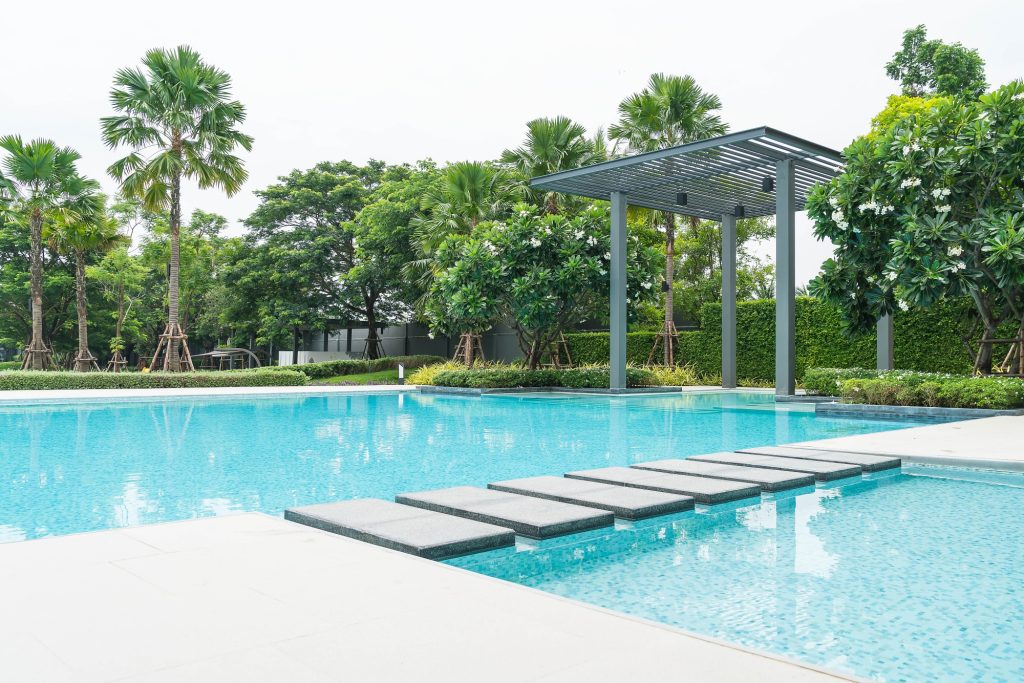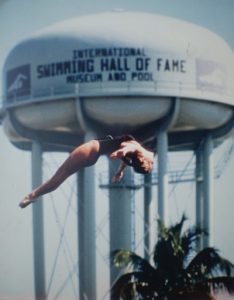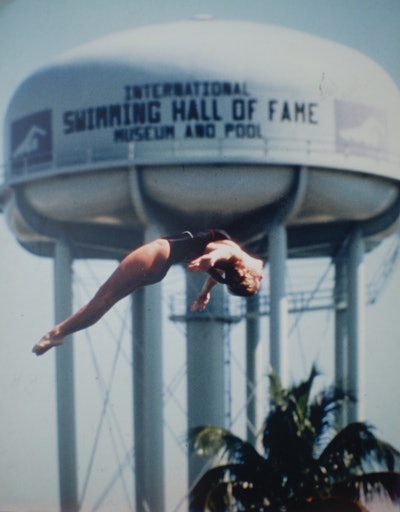Brian Trenck from BioLab, Inc., the technical services manager, spoke with Pool & Spa Marketing about the impact that the recent wildfires have had on the pool water composition.
He said exposure to smoke from wildfires and ash could have a variety of effects on the pool water chemistry. Due to the alkaline properties of carbon, the entry of debris and ash into the pool could raise the pH. This can lead to cloudy or murky water as well as the growth of bacteria and algae.
It can take a few weeks or even months for the pool water to return to its normal chemistry after a wildfire, depending on the weather and whether there are any remnants of the fire in the air.
Trenck added that pool owners can either use automatic or manual covers to prevent debris and ash from fires from entering their pools. To prevent debris from entering the pool, it is important to remove the covers prior to opening.
It is recommended that you test the water in your pool at least twice per week during a wildfire, but this may need to be done more frequently depending on pool conditions and weather. The water composition of pools that are exposed to wildfire smoke and unpleasant weather will change more frequently. They must be tested more often.
Trenck gave advice on how to use chemicals in order to maintain a proper chemical balance when battling a wildfire. Chemicals such as muriatic or granular acid can be used to maintain balance. Pool owners must ensure that the circulation and filter systems are able to handle the added workload. Increased pump speed or run time can improve the water circulation. Using maintenance clarifiers, or multi-functional water clarifiers in some pools can help keep water clear.
Pool owners can ensure that their filtration system will work properly in the event of a wildfire by increasing pump run time and replacing pressure gauges regularly. Water flow out of skimmers or into returns can be monitored to determine when the filter requires backwashing.
Experts also add that a rise in pH will have a negative impact on the efficacy and effectiveness of many pool sanitization programmes. This is why it is important to check pH regularly. In high pH conditions, preventative algaecides can be used. Algaecides can be used to reduce algae growth, and to increase the concentration of chlorine in the pool to kill bacteria and oxidize contaminants.
There are no pool chemicals that should be avoided in the event of a wildfire. However, the interaction between chemicals and water content can cause temporary clouding. This cloudiness will dissipate over time or be removed by your filter.
Trenck responded that saltwater pools should be treated differently. The pH level of the pool is important, because chlorine generators will produce hypochlorous acids (HCIO) based upon pH levels. Ash minerals can cause problems with the electrolytic cells of generators. Use of a salt pool scale inhibitor and the removal of problematic minerals like phosphate will help to maintain water quality.
Trenck’s conclusion: “In order to minimize the impact wildfires have on pool water, routine water testing combined with a good chemistry program is essential.” To maintain the right levels, it may be necessary to raise the residual sanitizer in the pool. If you prefer to use a chemical feeder, pool floater, or add an extra tablet or stick of chlorine to the skimmer to increase the output, it is important to maintain a sanitizer residue that is closer to the upper limit of the recommended range of one to fourppm.
The first post Expert Advice: Combating wildfire impacts on pool water quality was published on Pool & Spa Marketing.






